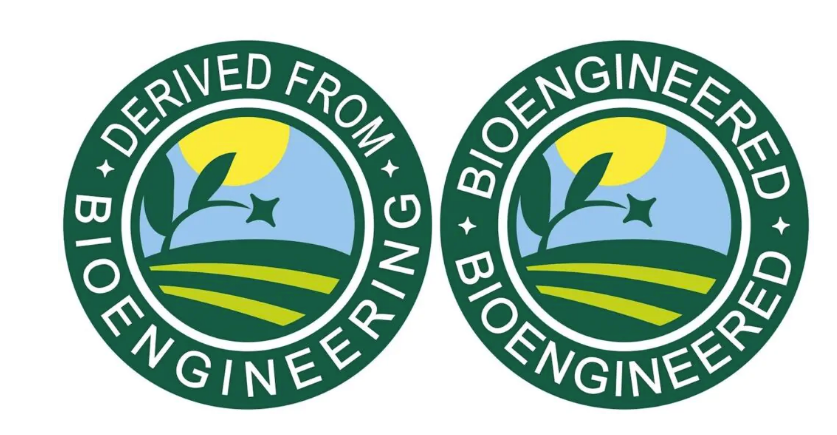Lightning Fast Turnaround!

Originally published in Green Child Magazine The USDA’s updated labeling for genetically modified foods went into effect Jan. 1. Here’s what you need to know about bioengineered foods and how to identify them.
While 26 countries have banned genetically modified foods, it’s been an ongoing battle in the U.S. just to get them labeled. Congress passed a law in 2016 to establish a national benchmark for GMO labeling with the goal of standardizing labels and offering more transparency to consumers. However, food advocates say this change puts a greater burden on consumers to do their homework to understand the labels.
Foods that previously were labeled (or they may not have been labeled at all because we didn’t have a law about it before) as containing “genetically engineered” (GE) ingredients or “genetically modified organisms” (GMOs) will now be labeled as “bioengineered,”(BE) or come with a phone number or QR code guiding consumers to more information online. (source)
Under the new standard, when foods are labeled as bioengineered foods, you could possibly see one of these two seals.
They can include text on food packages that says “bioengineered food” or “contains a bioengineered food ingredient.”
Or they can include a QR code for consumers to scan or a phone number for them to text that will provide more information about that food item.
Clear enough?
Under the new rule a “bioengineered food” is a “food that contains genetic material that has been modified through in vitro recombinant deoxyribonucleic acid (rDNA) techniques and for which the modification could not otherwise be obtained through conventional breeding or found in nature”.
So, if there’s no “BE” label or QR code, is the food free from genetically modified ingredients?
As we wrap up our exploration into the paradigm shift from GMO to ‘Bioengineered Foods’ in the new U.S. food labeling rules, The Bumper Sticker invites you to stay ahead of the curve with our expertise in custom food label printing. The intricacies of these labeling changes demand precision and attention to detail, and that’s precisely what we offer at The Bumper Sticker, your trusted partner in Houston custom food label printing.
After you’ve made the proper adjustments to ensure your labels are compliant with these regulations, you’ll need a high-quality printing solution to ensure your labels are high-quality and look great. Contact The Bumper Sticker today if you’re looking for fast and affordable Houston custom food label printers that deliver quality results. Let us be the driving force behind your brand’s compliance and visual appeal.
Your product deserves the best representation, and with The Bumper Sticker, you can trust that your custom food labels will communicate the quality and innovation synonymous with your brand. Act now and partner with Houston custom food label printers dedicated to your brand’s success. We’re here to transform your labeling needs into a visual masterpiece that speaks volumes about your commitment to quality and compliance.
Read More: https://www.greenchildmagazine.com/bioengineered-foods-replaces-gmo/
|
Uploaded
Failed
|
 |